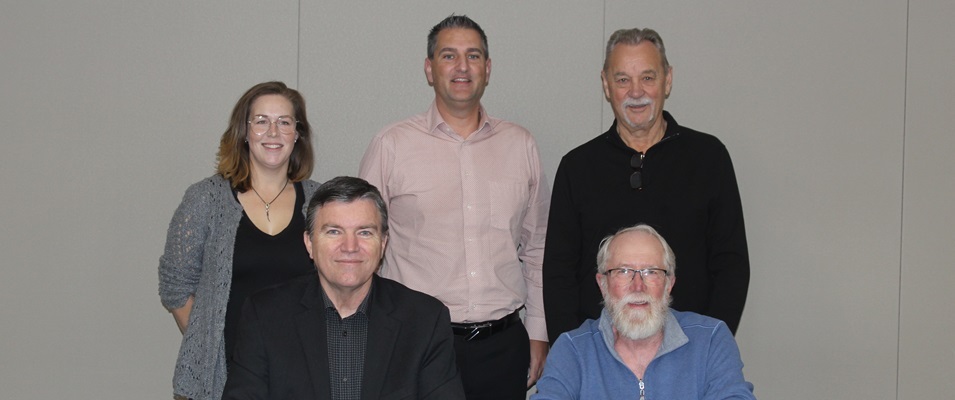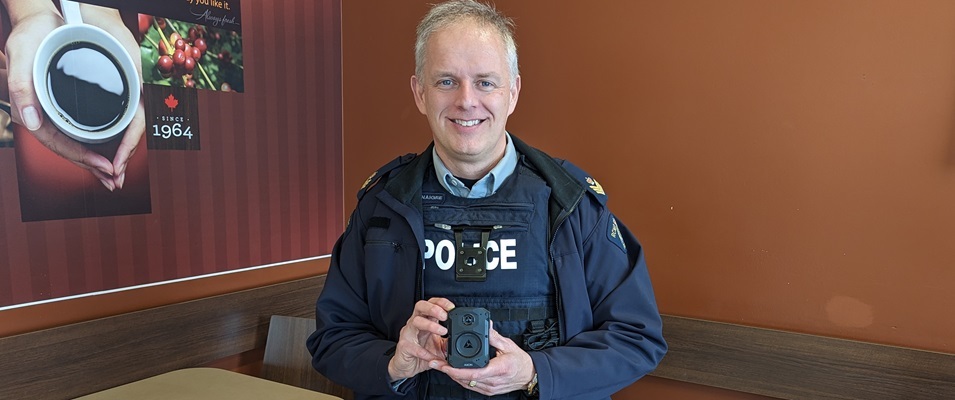
It’s been one year since the federal government began sending quarterly refunds to Manitobans for carbon taxes charged on fuel. On a quarterly basis in 2023, Manitobans are scheduled to receive Climate Action Incentive (CAI) cheques, totalling $132 for single adults and up to $264 for a family of four.
If you’re a resident of Manitoba living outside the Winnipeg census area, you qualify for an additional 10 percent rebate, presumably due to the lack of public transit options that require people to spend extra money on daily commutes.
Until very recently, Niverville qualified as a rural community in the eyes of the federal government. However, sometime between April and June 2023, that all changed.
A new map of the Winnipeg census area shows that the boundaries have recently shifted to include Niverville residents living west of Sixth Avenue and north of Crown Valley Road.
Henry Friesen is a chartered accountant and partner at Blue River Group in Niverville.
“For better or worse, Canada Revenue Agency is reassessing everyone with a Niverville post office box number, whether they live within the boundaries of the new map or not,” Friesen says. “That includes dozens of families living east or south of Niverville who pick up their mail at the post office.”
This means more for Niverville residents than a loss of the 10 percent rural carbon tax rebate going forward. It also results in a clawback of the 10 percent they received on their April CAI cheque.
In July 2023, Niverville residents will see a deduction on their quarterly cheque. It will be noted as an “April overpayment,” since someone within the government decided that the recent ruling over the boundary change should have a retroactive effect.
For a couple residing in Niverville, this will equate to about $80 per year. For a family of four, it’s just over $105 per year.
“I estimate the total annual loss for Niverville residents at $200,000,” says Friesen. “This number will increase in the future as the federal carbon tax increases. Why the change was made retroactively may not have a rational explanation beyond that of reducing the federal deficit by $50,000.”
Friesen says that some locals may not be quick to balk at the loss of $80 to $100 per year in tax rebates. However, as the carbon taxes continue to rise, so will the impact on every household and every budget.
The CAI was introduced as a response to the federal government’s introduction of the carbon tax on greenhouse-gas-emitting fossil fuels in April 2019.
Provinces such as Alberta, Saskatchewan, Manitoba, and Ontario, who didn’t adopt their own pollution pricing systems at the time, are charged a pollution pricing fee established by the feds.
According to the government of Canada’s website, all carbon taxes collected are paid back to the province of origin. Ninety percent is returned to residents via the CAI cheques, and the remaining 10 percent is used to support small businesses and Indigenous groups.
The federal government characterizes this as a good deal for Manitobans, stating that eight out of ten households get back more money than they pay.1
In some households with low automotive fuel costs, this may in fact be true. But there are many additional ways in which Manitoba consumers must pay out of pocket to account for these carbon taxes.
“Carbon taxes have increased the cost of almost everything, not just the price of gas at the pumps,” Friesen says.
Take home utilities, for example. Friesen says that his home heating bill is 25 percent higher than it would otherwise be thanks to the carbon tax. On top of that, the federal government has imposed GST on the carbon tax, effectively taxing a tax.
“Every item that comes by truck costs more because of carbon tax,” says Friesen. “In fact, every business has to charge more to pay for carbon taxes it pays. The cascading impact on inflation is much, much greater than meets the eye.”



















